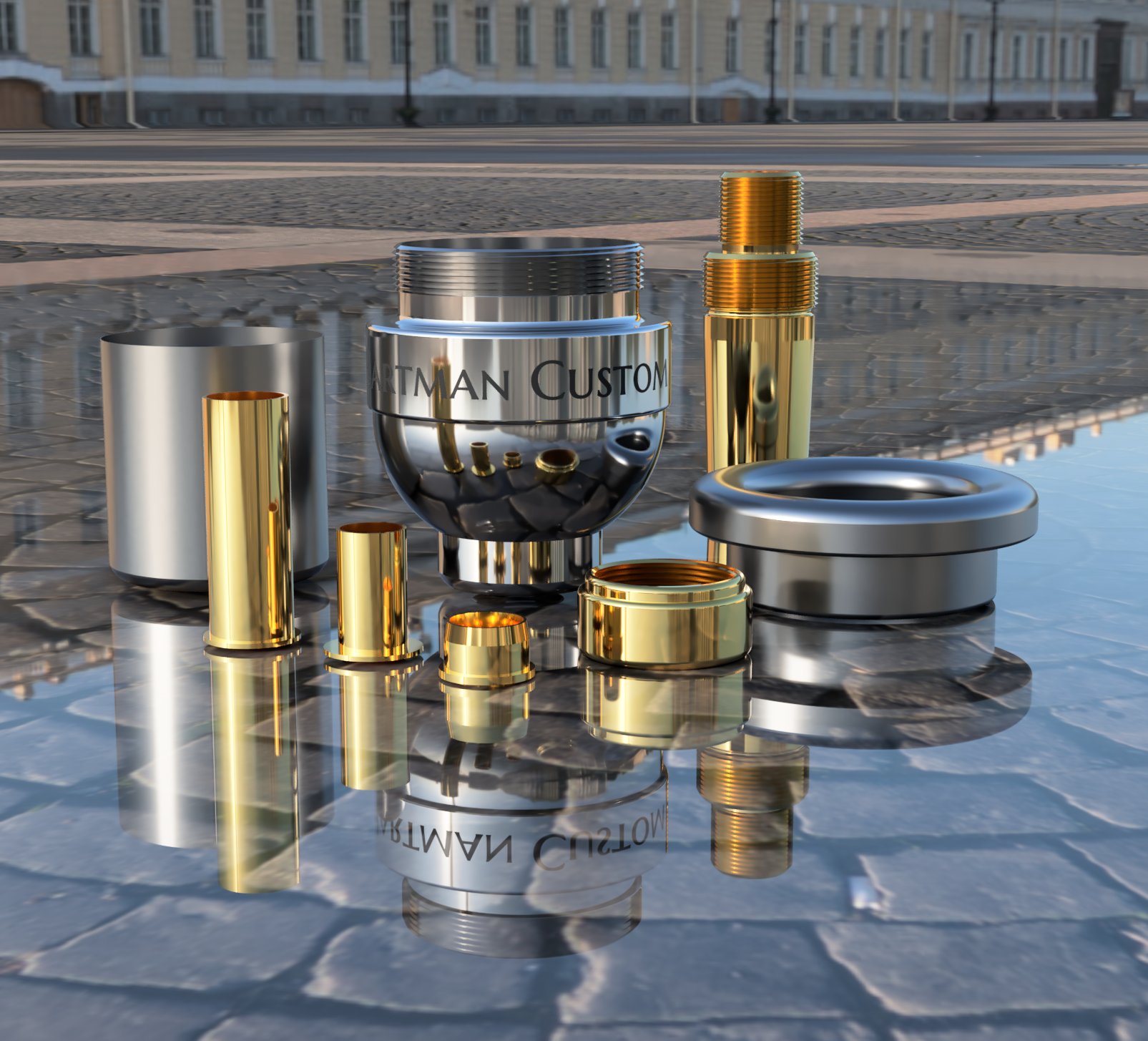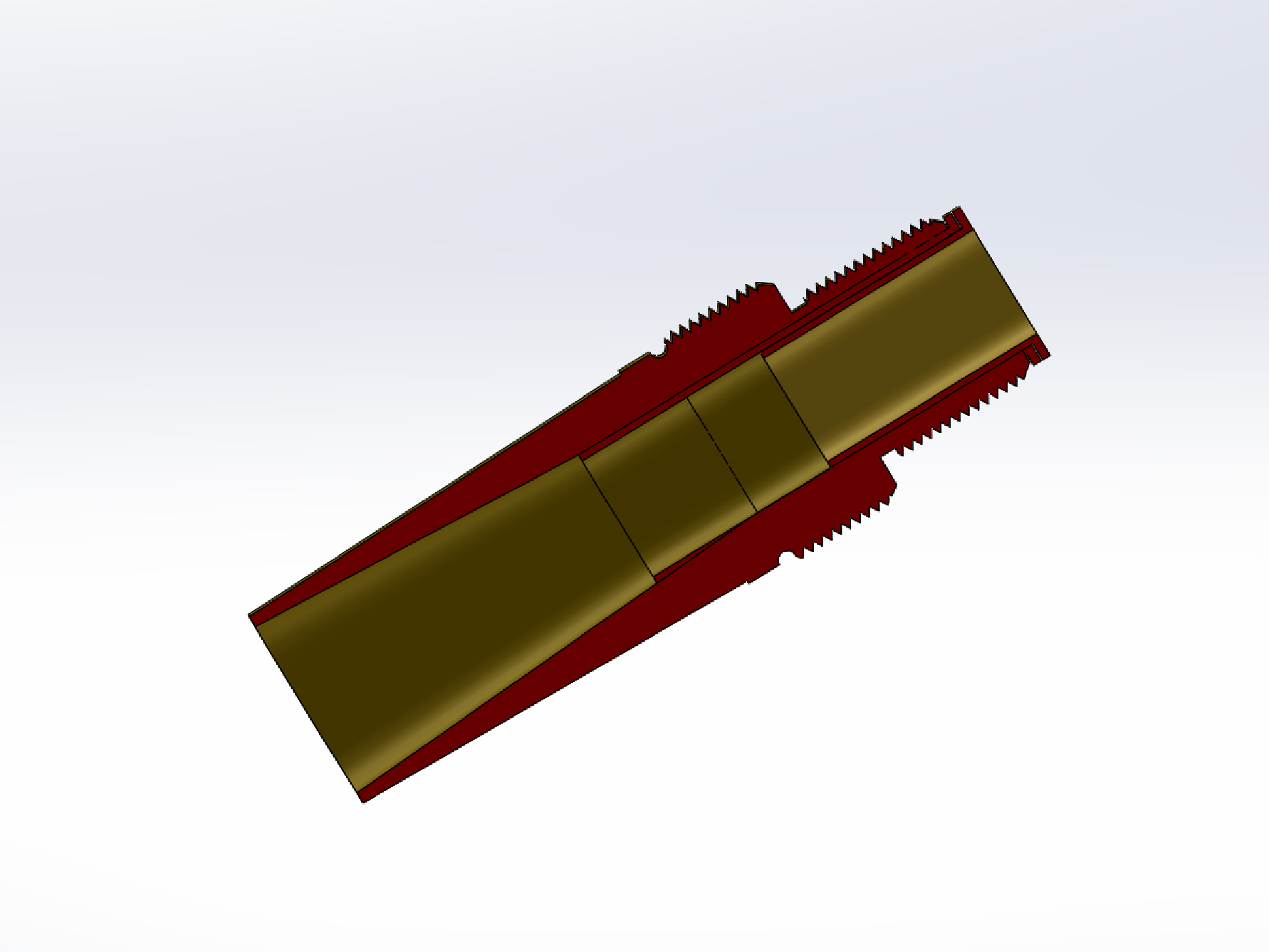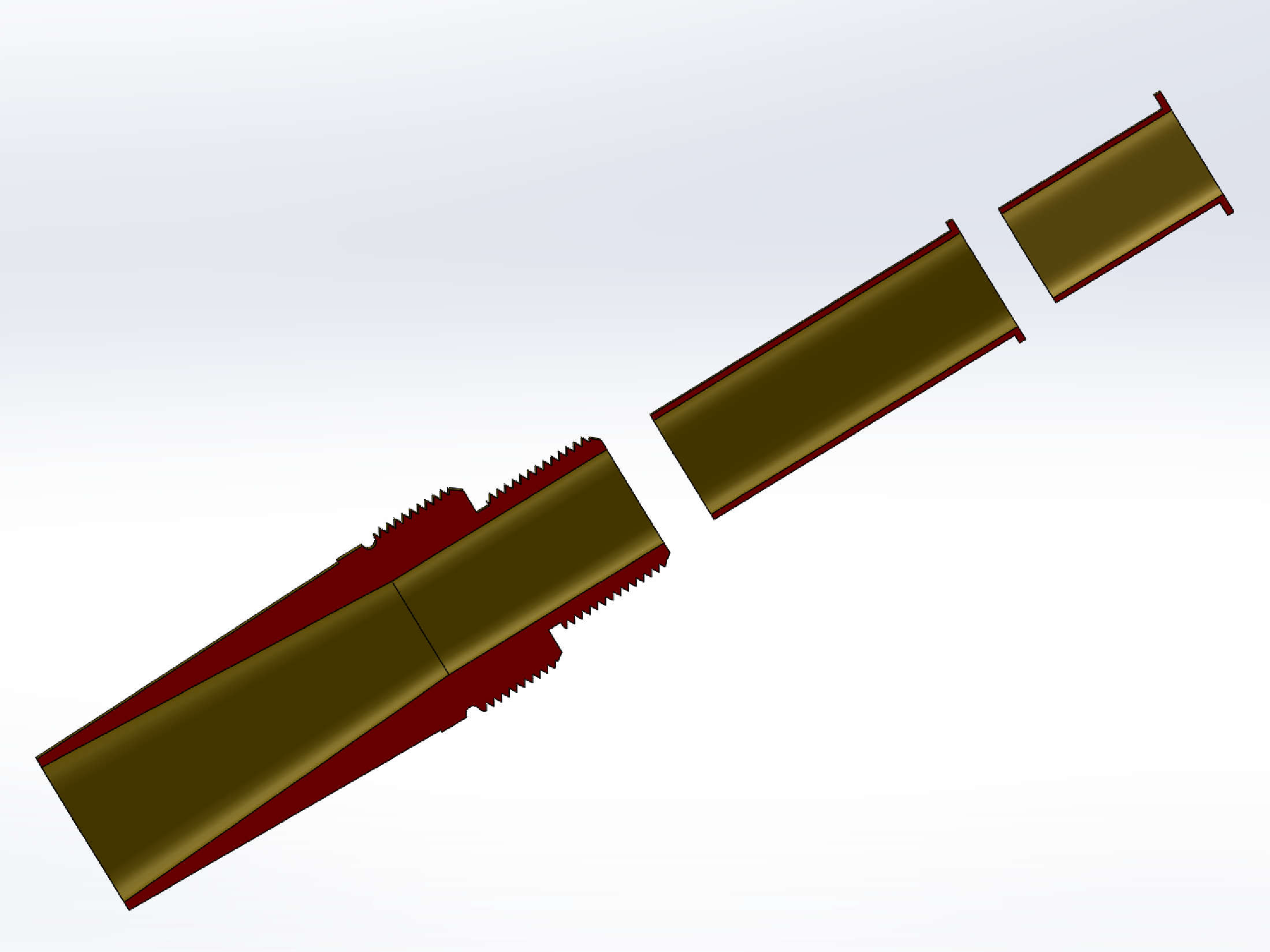
The mechanics of tonguing and how it relates to the mouthpiece
For the record, I’m an articulation fanatic! Since my days with the Empire Brass, I have realized that note shapes are the essence of musical expression. Every sound that you produce communicates something to the audience. A great musician is in control of every sound they make. Be in control! Don’t be satisfied with unclear articulation.
With that in mind, a good mouthpiece has to respond accurately. That means – a mouthpiece should amplify what you put into it without distortion. If you put ‘Ta’ into the mouthpiece, it should sound like ‘Ta’ coming out of the mouthpiece! It’s my job, as the mouthpiece maker, to figure out how to do that.
Your job as the trombonist is to figure out how to accurately put ‘Ta’ – or ‘Da’ – or ‘Ah’ – or whatever you want, into the mouthpiece. The biggest step is to be aware of what you want and then go for it. The more you experiment and try, the easier it gets. The better the mouthpiece, the easier it will be! The ideal mouthpiece will feel almost exactly like speaking/singing and the farther you get from that sensation, the more you should consider getting a better mouthpiece!
Factors to master in order to tongue successfully
Awareness
The biggest step towards accomplishing a goal is realizing that you have a goal in the first place! If you aren’t aware that your articulation, or intonation isn’t accurate, then you probably won’t do anything about it. But as soon as you are aware, you will make attempts to improve the situation. So listen to yourself and ask if that is the sound that you intended. Sing what you want to play and try to mimic your singing. Most of us will find that, in spite of thinking of ourselves as trombonists – not singers – we can much easier sing what we intend, than play what we intend. So fix that!
Aperture
As a trombonist, my bottom line to monitor and control is my aperture. For the singer, their bottom line is their voice box – their vocal cords. Ours is the aperture. It isn’t the air, it isn’t the tongue, it isn’t the slide…they are all in service what’s happening to our lips at the aperture, not visa versa.
The aperture is the opening, i.e., the hole, in our embouchure through which the air flows. The vibrating lips and air are amplified by the instrument and either make the sound you want – or not. So become more aware of what your aperture is doing, what it feels like and how to make it do what it should in order to get the sound you are striving for at any moment. It is the gateway to success.
Air
What makes the aperture vibrate?
Air.
No air…no sound.
Air is the vehicle for creating and transporting the vibration of the aperture; it’s relatively easy to do but there is obviously a lot of nuance and control of the airstream necessary to make exquisite music. Air is very important, but it isn’t the bottom line. Air is simple! You can only blow more or less. The aperture is affected by the air, of course, but there many are other muscular mechanisms by which the aperture varies its resistance to the airflow in ways that produce specific sounds.
Buzzing
Over the years I developed my ability to buzz and tongue without a mouthpiece, ‘free buzzing’ if you will. It’s aperture and air with no safety net! I have found this to be very helpful in many ways:
#1) it guides the player towards the most efficient technique for buzzing and tonguing. Efficiency has many benefits, like better intonation, better articulation, quicker tonguing, better range – better technique in general!
#2) by simplifying the mechanics of buzzing and tonguing (by taking away the trombone and the mouthpiece), it is easier to ascertain just what your tongue is doing, what your embouchure/aperture are doing and what your air is doing. When you add the mouthpiece and, afterwards, the horn back into the equation, you can assess what accommodations you need to make in order to accomplish your goals.
Tongue
OK, finally…so what’s the tongue’s job? It is a valve that helps to modulate the airstream. It’s job is relatively simple and straightforward. Depending upon how long you close the valve, how much compression you build up behind that closed valve, and how quickly you release that compression, you get different articulations that are reminiscent of consonants in speech. C, D, G, K, L, N, T are all possible consonants that we can play using the tongue! And you can do others without the tongue! Ahh, H, P are possible consonants without the tongue valve. Crazy!!
But I mostly use just a few of these consonants while tonguing on the trombone- in this order of percentage (roughly, of course) – (70% ‘D’) – (20% ‘T’) – (6% ‘K’) – (3% ‘G’) and 1% other consonants. It’s amazing how many different sounds you can make with just these few consonants.
Articulations without the tongue
I also do lots of articulations that are more like vowels than consonants. They don’t utilize the tongue. For example, I use ‘Ha’ and ‘Aah’ very often at the beginning of phrases. Go ahead, experiment! See what sounds are created when you try things and learn how to manipulate all of these possibilities to express yourself through your music.




